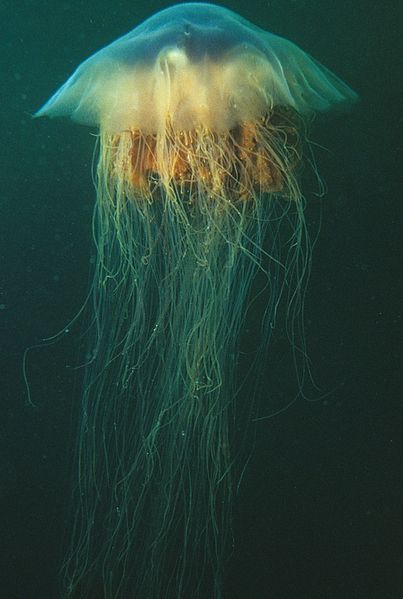by Piter Kehoma Boll
When people reach a new locality and find new species, they have to think of a way to name them, which can happen by borrowing a name from a local language or make up a new name from one’s own language. When the first Europeans reached North America, they discovered a beautiful tree growing in what is now eastern United States. The Miami people called it oonseentia, but we all know how Europeans treated native Americans back then. So, instead of borrowing this word, they made up a new and completely misleading name: tulip tree.

Linnaeus gave this tree its currently accepted binomial name: Liriodendron tulipifera, literally meaning “lily tree that carries tulips”. However, this species has nothing to do with lilies and tulips, being actually closely related to magnolias.
Reaching up to 50 m in height, and rarely becoming even taller, the tulip tree has a brown and furrowed bark and smooth and lustrous branches. The leaves have four large lobes that, if you make a lot of effort, may look a little bit like a violin, which makes it have an additional common name: fiddletree.

The flowers of the tulip tree appear in summer and very superficially resemble a tulip, although their structure is quite different. They have three green sepals and six petals that are arranged in a spiral that continues inward to form the stamens and then the pistils, which form a central cone. This arrangement is considered primitive within angiosperms and kind of look as something between a gymnosperm cone and a true angiosperm flower.

The mature seeds, called samaras, are dispersed by wind. They develop in autumn and are stored in a type of cone-like fruit. As a typical temperate species, the tulip tree is deciuous, shedding its leaves in winter.

The tulip tree is considered a species that dominates the first century of a forest since its establishment. It is a shade-intolerant species, so when other trees start to grow among them and block much of the sunlight, they tend to perish.
Due to its beauty, the tulip tree has become an ornamental plant and several cultivars have been developed. Its wood is also used for construction, and Native Americans used to build canoes from its trunks. Due to its wood, the tulip tree has also received the common name “yellow poplar” although it is not closely related to the true poplars, such as the black and white poplar. In fact, their wood is not that similar, with the tulip tree or “yellow poplar” wood being of much higher quality. In other words, the name “yellow poplar” is as misleading as the name “tulip tree”.

The orange part of the petals contain nectar that, when collected by bees, creates a special and strong honey that is usually considered unsuitable for table honey but highly regarded by bakers.
Native Americans and early European settlers used the tulip tree to treat malaria, and modern studies have confirmed that some of its constituents show antiplasmodial activity, as well as antioxidant, antimicrobial and cytotoxic properties, having the potential to help the development of new antibiotics and anticancer drugs.
– – –
– – –
References:
Quassinti L, Maggi F, Ortolani F, Lupidi G, Petrelli D, Vitali LA, Miano A, Bramucci M (2019) Exploring new applications of tulip tree (Liriodendron tulipifera L.): leaf essential oil as apoptotic agent for human glioblastoma. Environmental Science and Pollution Research 26:30485–30497. https://doi.org/10.1007/s11356-019-06217-4
Wikipedia. Liriodendron tulipifera. Available at: <https://en.wikipedia.org/wiki/Liriodendron_tulipifera>. Access on June 18, 2020.
– – –
* This work is licensed under a Creative Commons Attribution-ShareAlike 4.0 International License.
This work is licensed under a Creative Commons Attribution-ShareAlike 4.0 International License.
** This work is licensed under a Creative Commons Attribution-ShareAlike 3.0 Unported License.
This work is licensed under a Creative Commons Attribution-ShareAlike 3.0 Unported License.















































































































